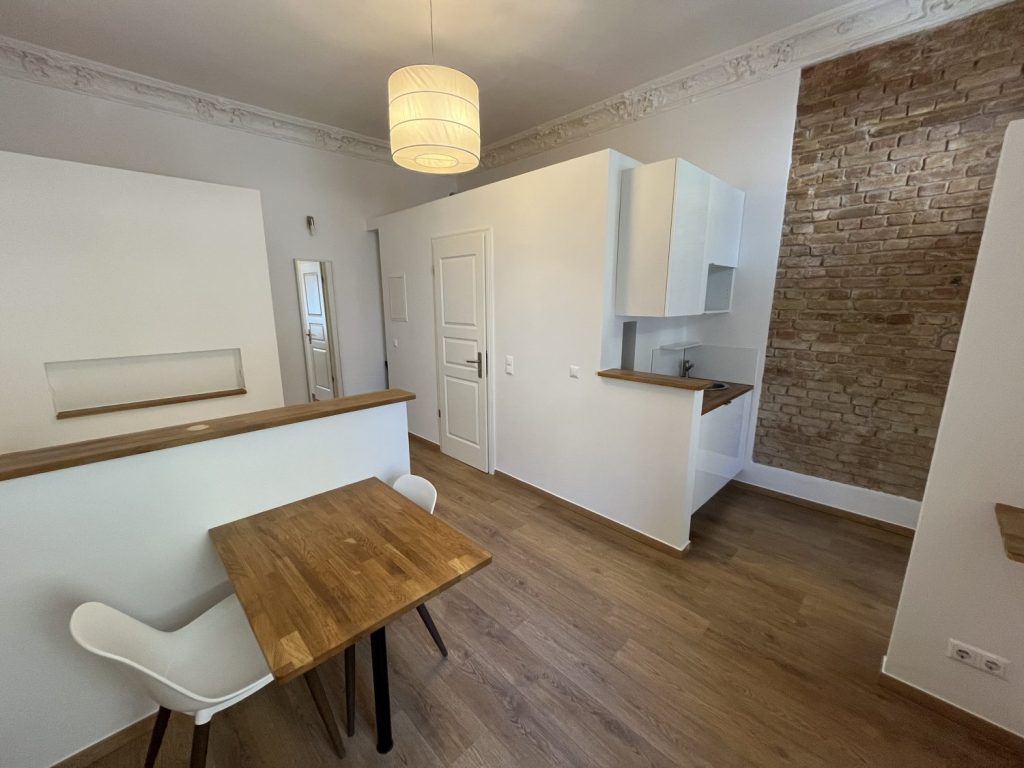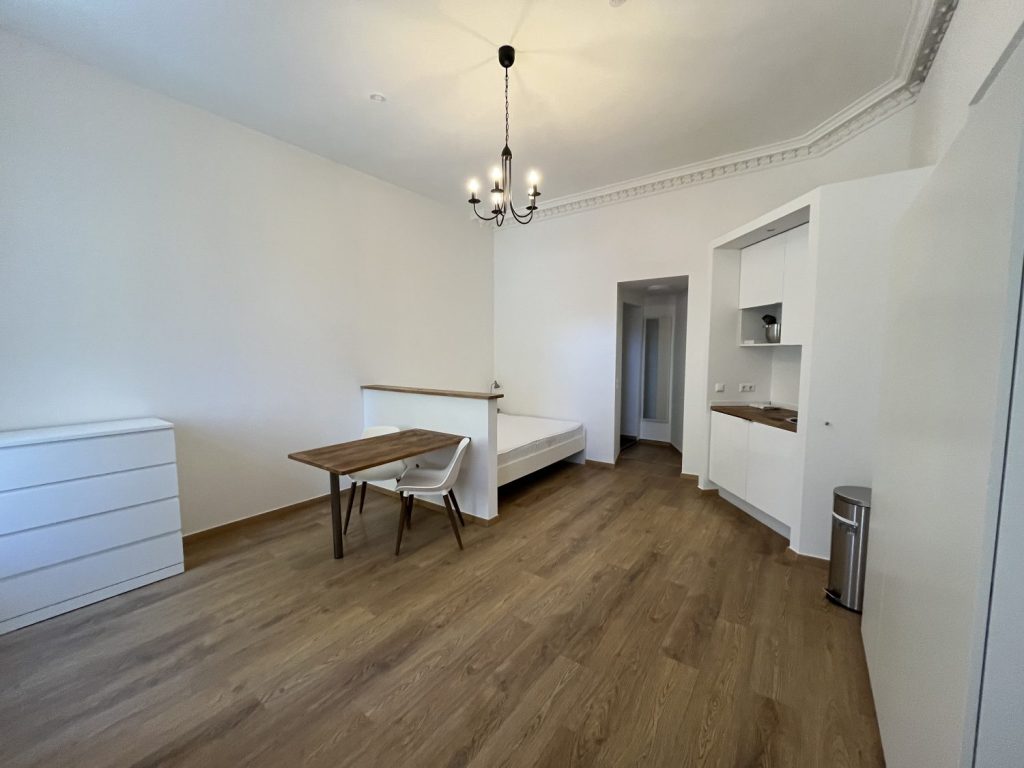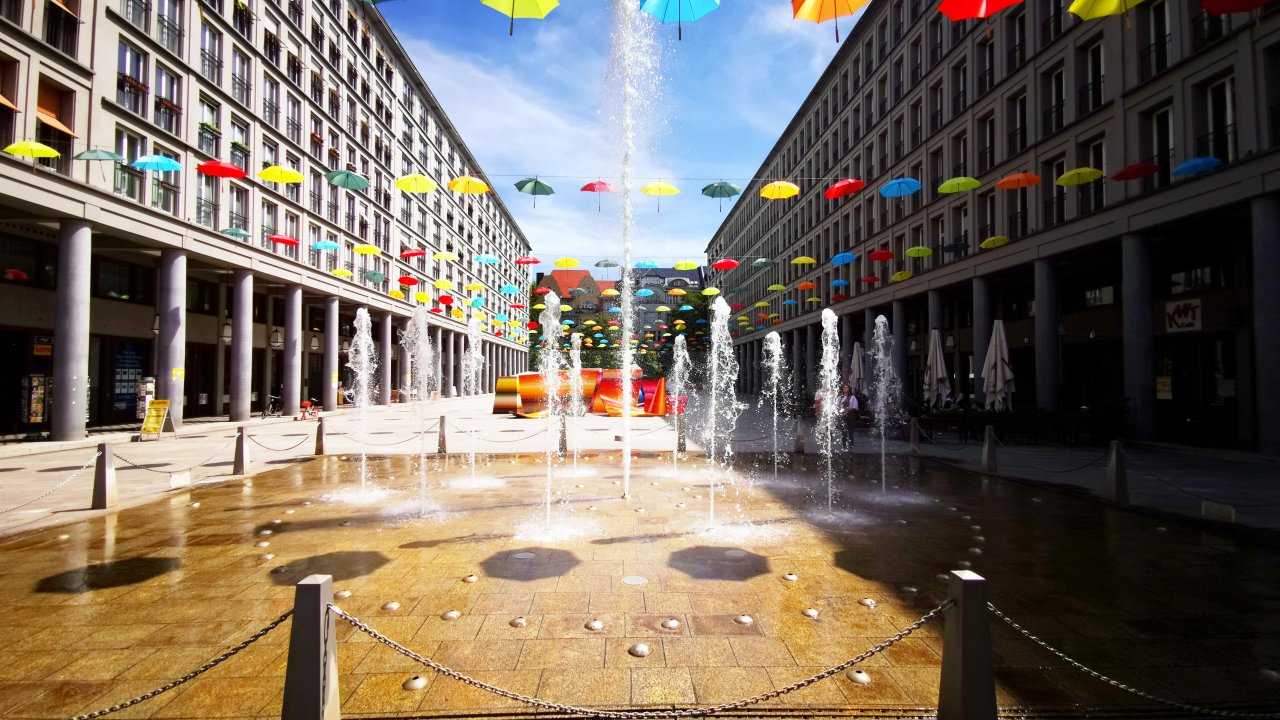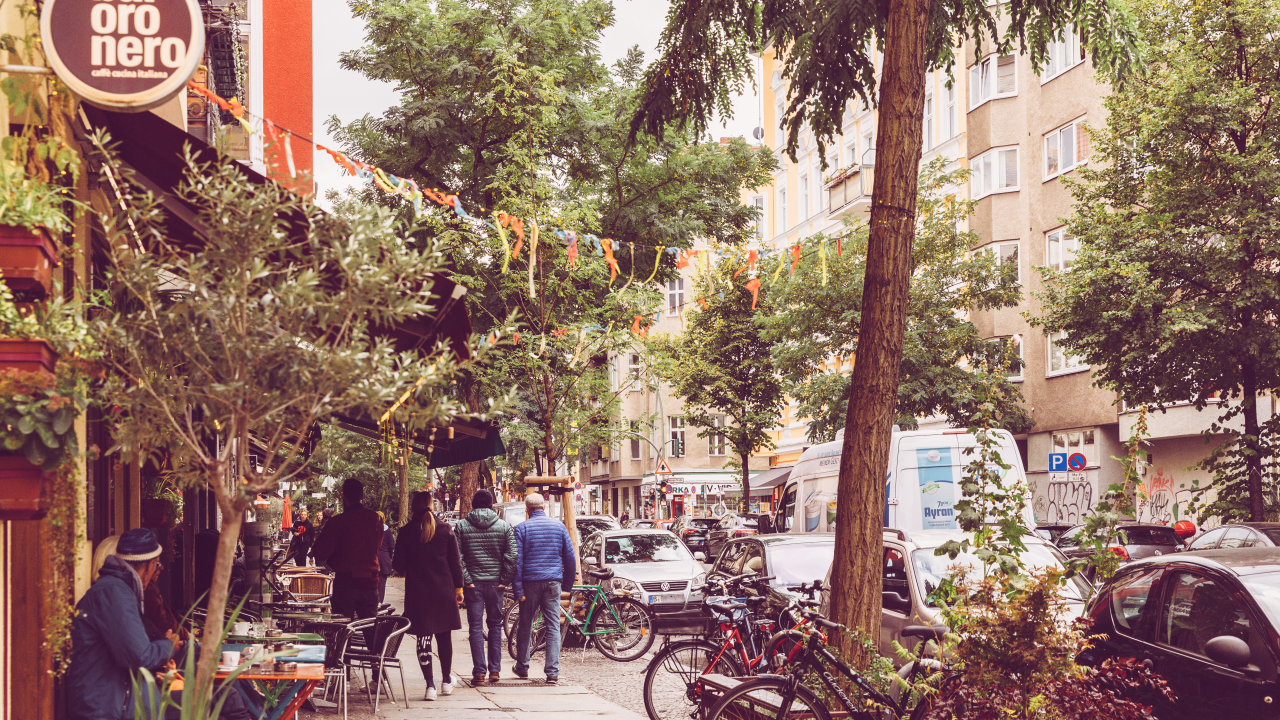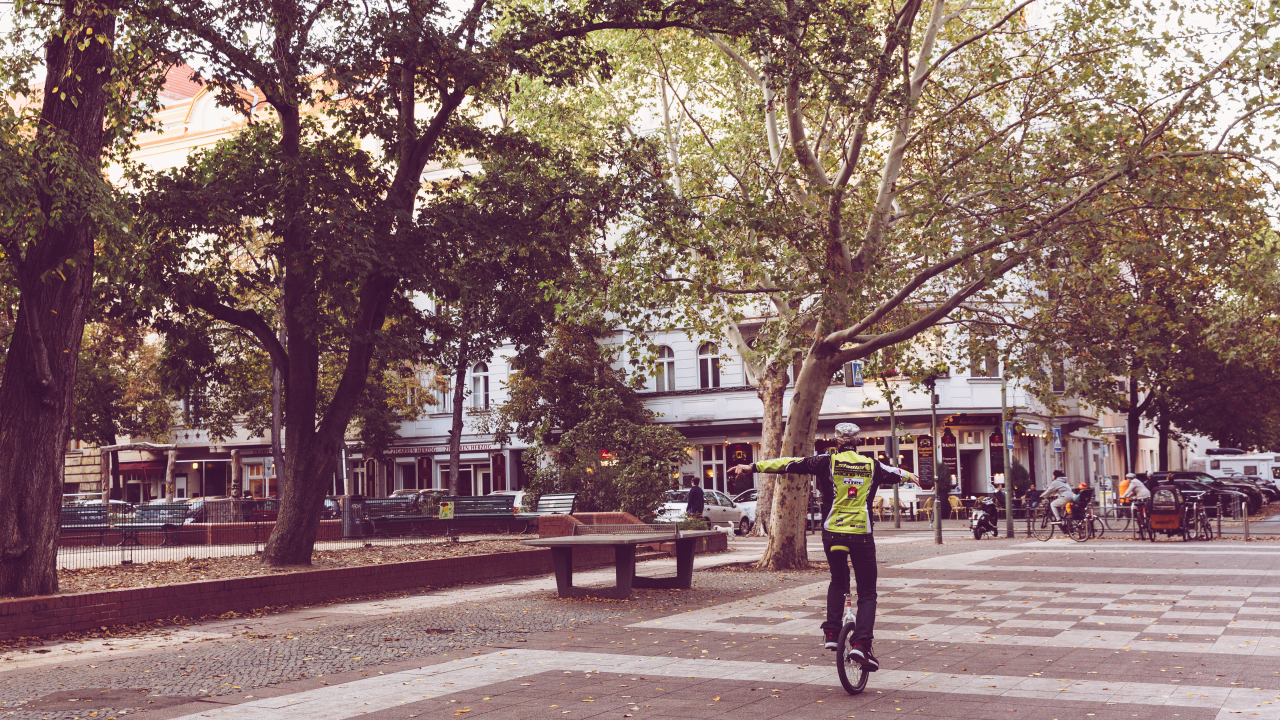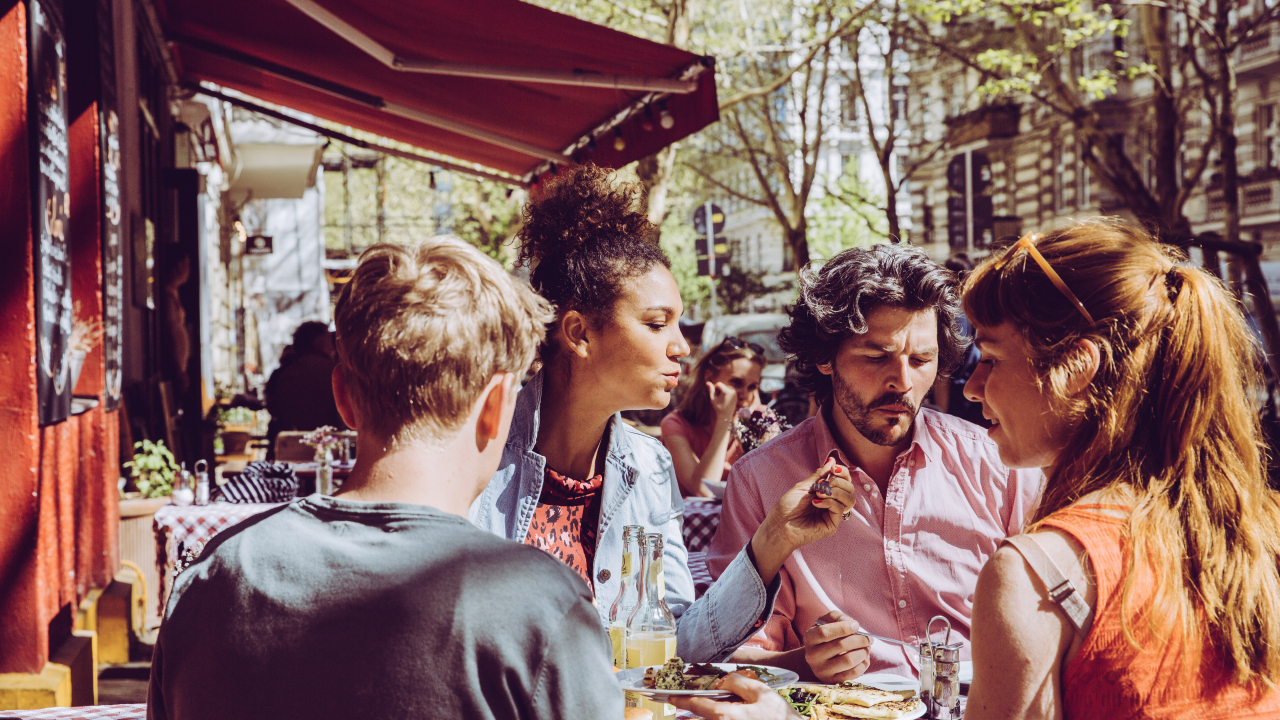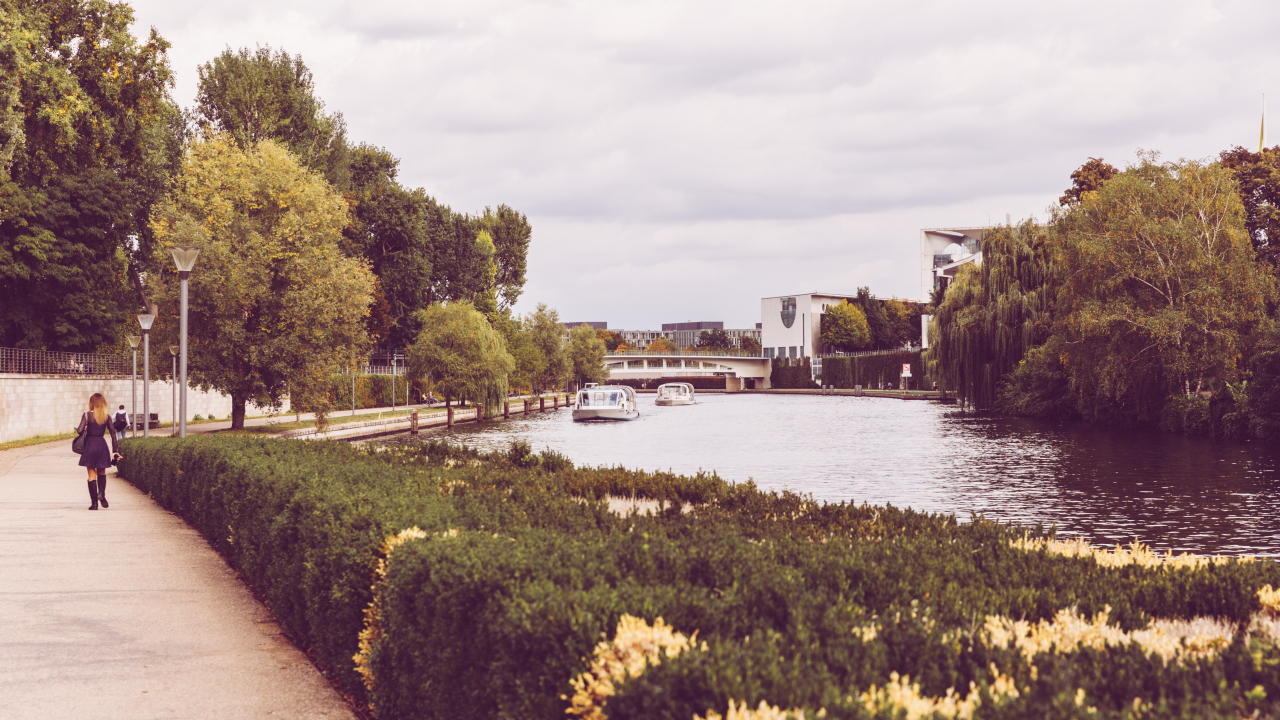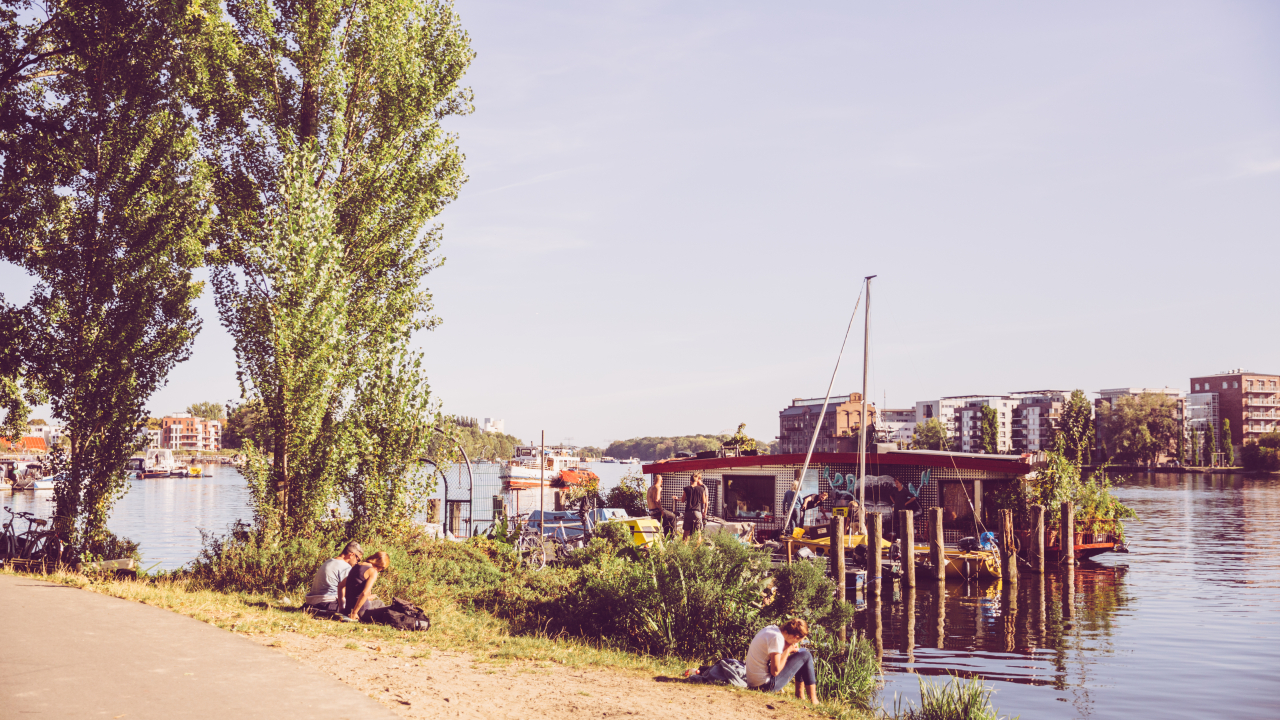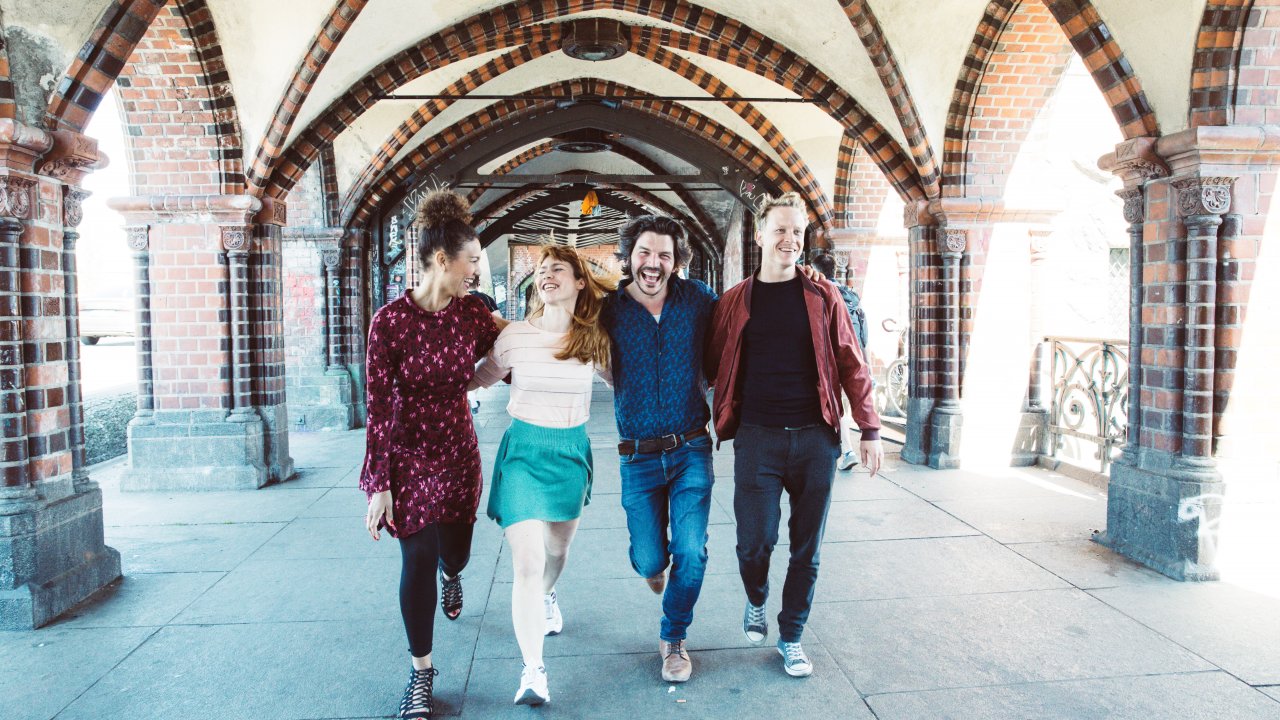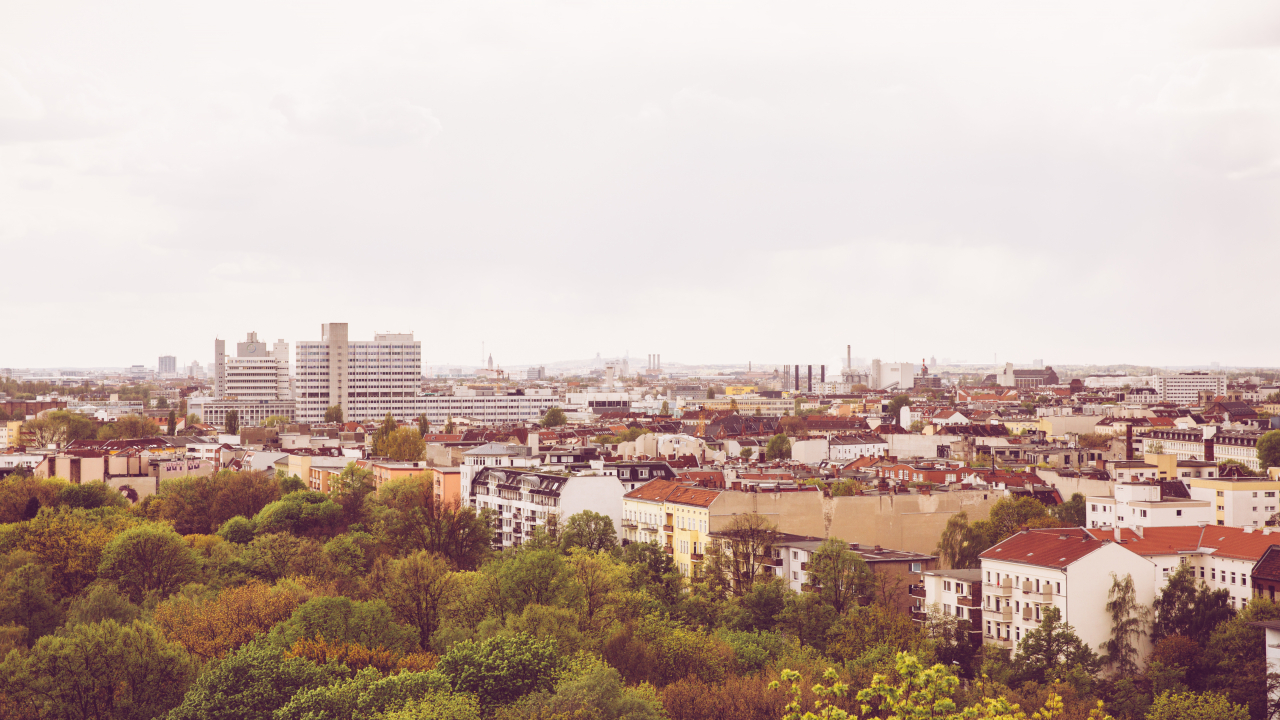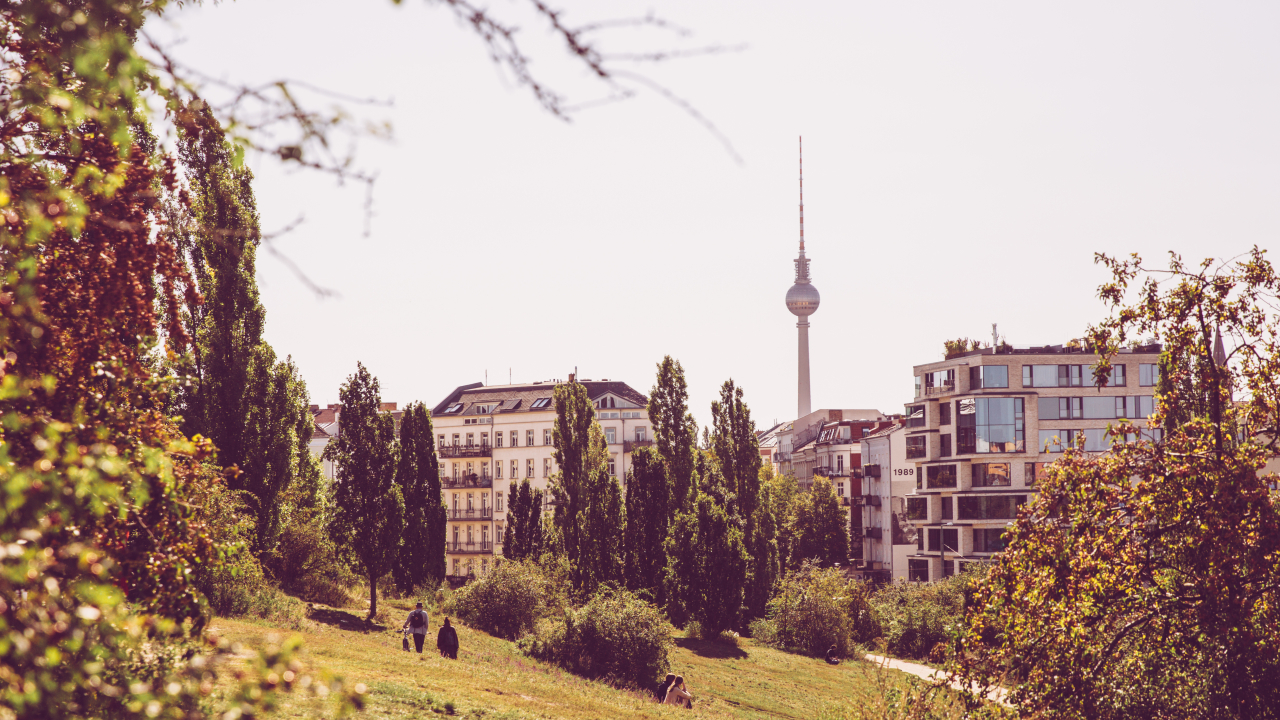Kreuzberg
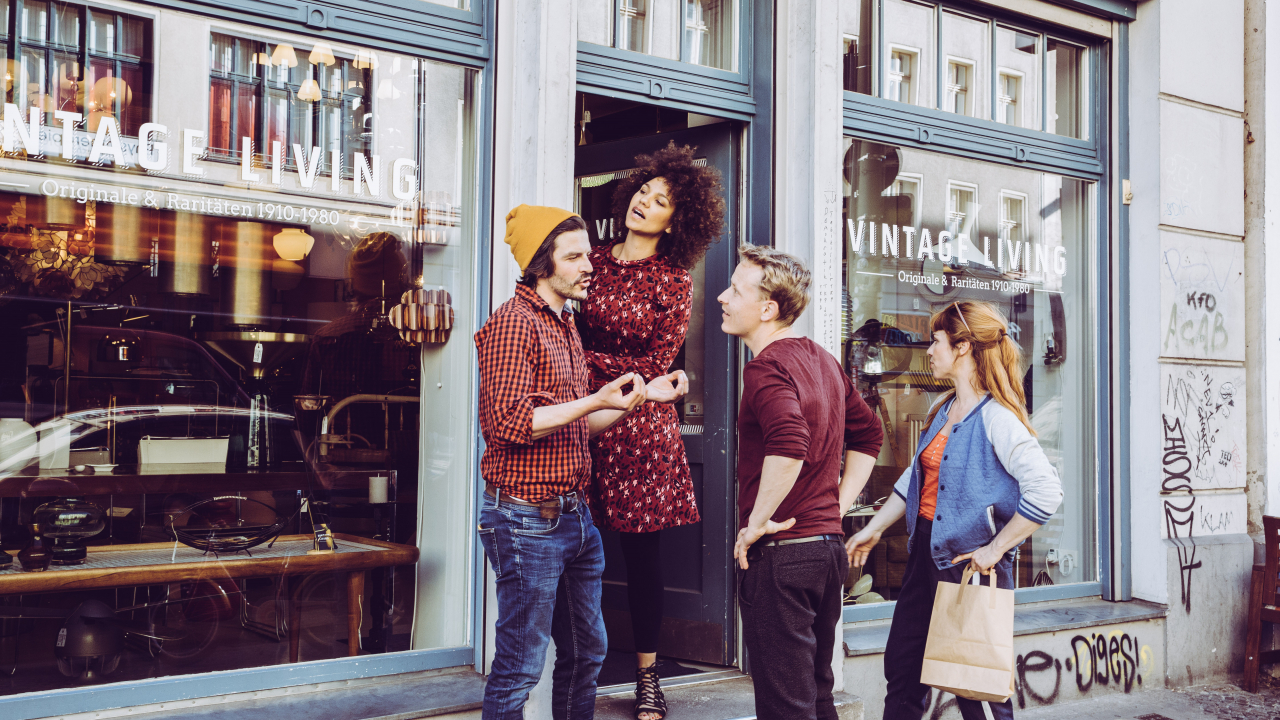
South of the city centre, Kreuzberg - also known as X-berg - offers a mixture of green, quiet residential streets and fashionable shops and restaurants with bars that stay open late into the night. For good reason, this neighbourhood has long been one of the most popular in the city. Its graffitied walls and street art murals high up on the sides of buildings attract tourists who want a glimpse of alternative Berlin.
Once a working-class neighbourhood with a high proportion of immigrants and a reputation for affordable housing, Kreuzberg has undergone massive changes in recent years. In the 1990s and 2000s, the district helped to put Berlin on the world map as a centre for creativity, art and nightlife.
To this day, the district retains many of its charms - from the imposing industrial buildings to the many fruit and street markets and more recent arrivals for creative professionals and expats who now call Kreuzberg home. In Kreuzberg's bustling streets, especially in the Bergmannkiez neighbourhood and between Hermannplatz and Maybachufer, you'll find small family shops as well as popular cafés and boutiques.
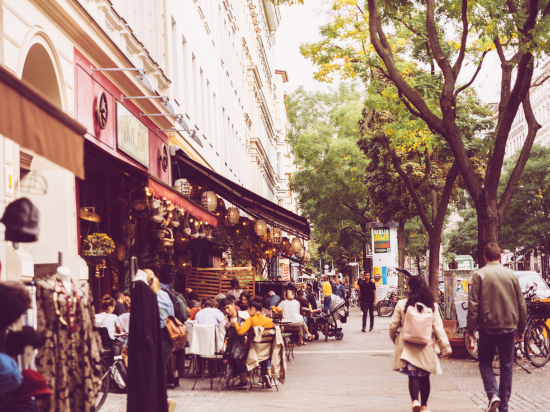
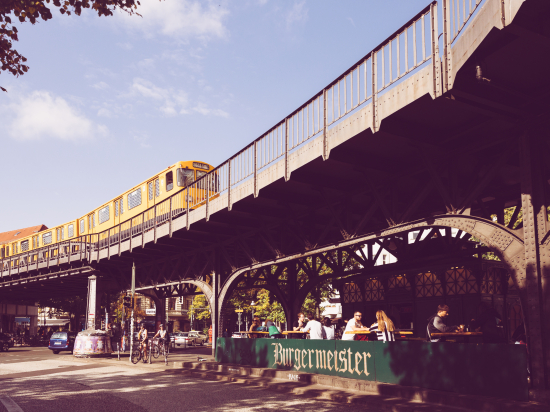
Get to know your neighbourhood
Markets and shopping facilities
From quirky boutiques such as the "Hallesches Haus" and the "Voo Store" to large speciality shops such as the ultimate arts and crafts shop "Modulor" or the nearby "JustMusic", which has almost everything you need for music on five floors - Kreuzberg has it all (even recording studios where you can test the instruments or equipment). Shopping opportunities include the Turkish market along the Landwehr Canal on the border between Kreuzberg and Neukölln. Or the "Markthalle Neun", which has been open since 1891 and is still a hit when it comes to rare, local and speciality foods and spirits. Every Thursday evening, for example, the large hall is full of street food and delicacies ranging from meat and cheese to wine.
Nightlife
Kreuzberg is particularly active at night - the night is turned into day in the diverse live music centres, smoky bars and huge and small clubs. The "Tresor", for example, is known for its techno and is located in a huge disused power station that also hosts events, including "Berlin Atonal", one of Berlin's leading festivals for electronic music and visual arts. Down by Schlesisches Tor is the legendary Wassertor with a marvellous view of the river from its dance floors. A little further on was the legendary "Club der Visionäre", where drinks were sipped under willow trees with a view of the canal and people danced the night away. Unfortunately, it burnt down in summer 2019.
Reichenberger Straße is an up-and-coming nightlife venue with numerous bars. "Bohnengold", for example, is a mixture of bar and club - you can have a quiet drink and chat in the front, while a club room is hidden away at the back, playing house music or funky disco.
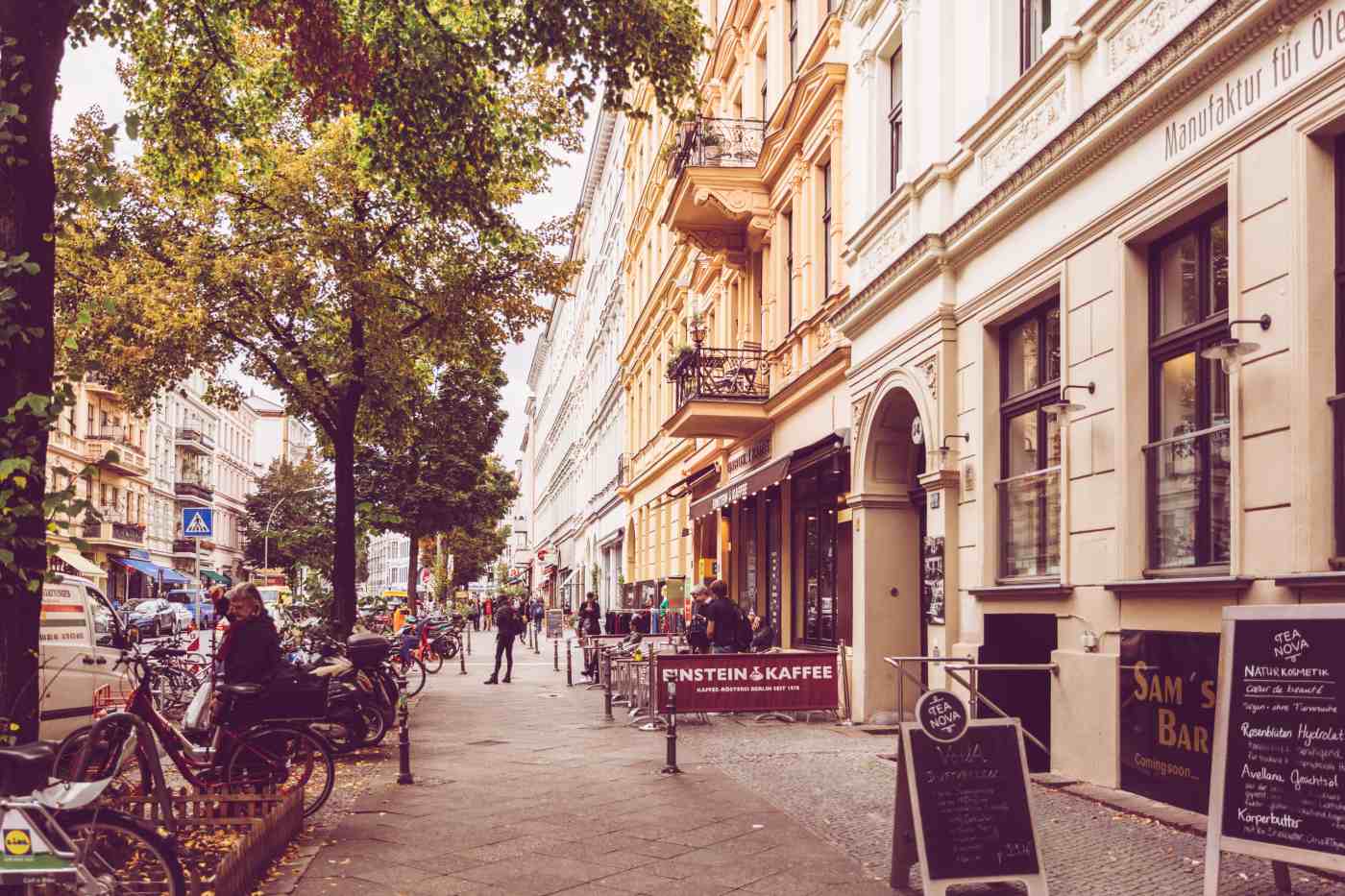
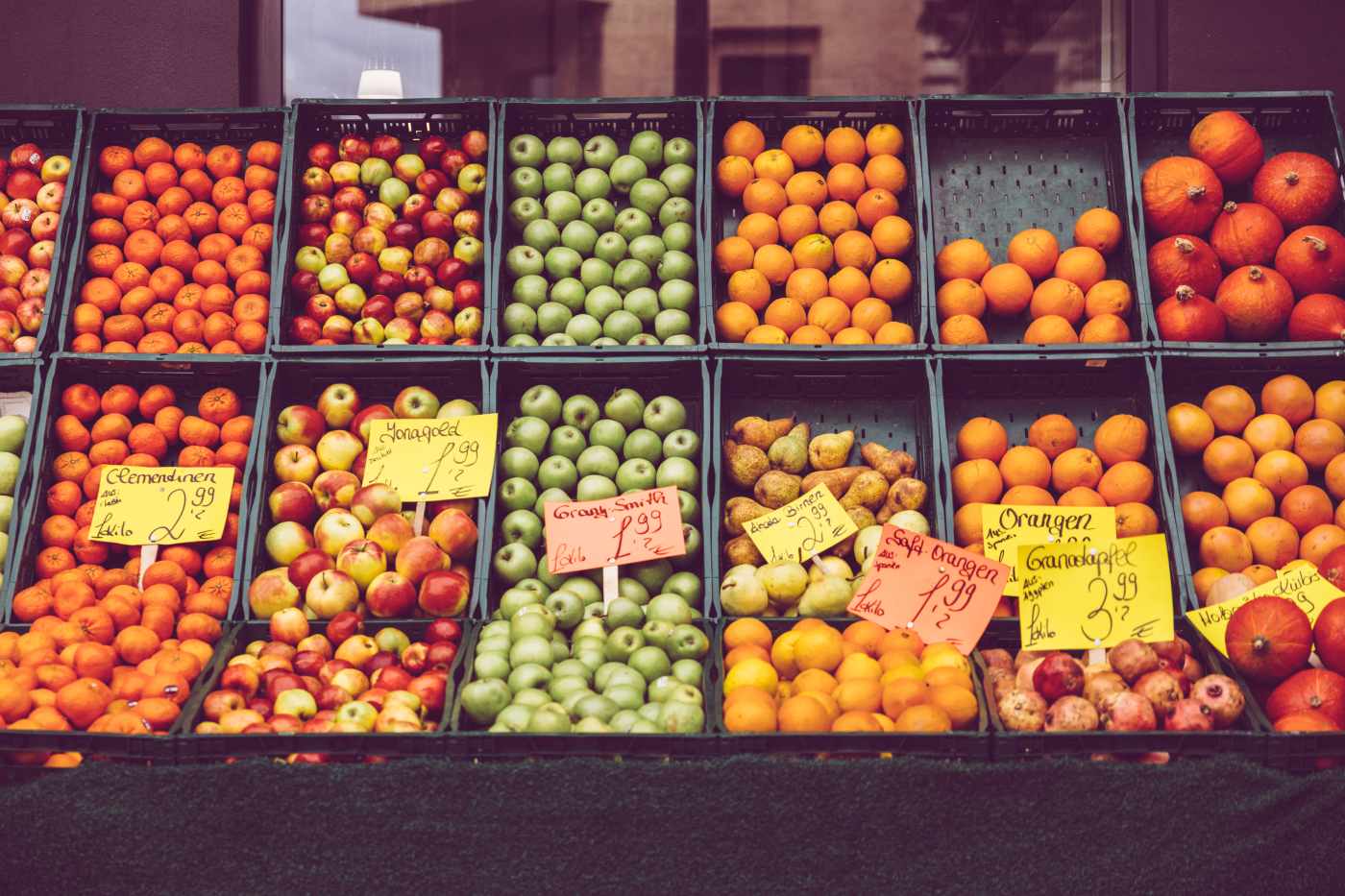
Cafés and restaurants
Kreuzberg has one of the most diverse culinary scenes in Berlin, from upscale restaurants such as "Lode & Stijn", the traditional German restaurant "Zur kleinen Markthalle" or the nearby "Henne", an old Berlin tavern (the crispy fried chicken is highly recommended). There is also no shortage of Mexican, Peruvian, Japanese and Italian restaurants. On Maybachufer, for example, you will find "Cocolo Ramen", which is famous beyond the district boundaries. However, the Kreuzberg gastronomy scene is also known for its Turkish and Arabic cuisine, with the "Mercan", the "Maroush" (Lebanese) and the Baraka (Egyptian-Moroccan) being very popular. Between Kottbusser Tor and Schlesisches Tor are inexpensive restaurants that are open late into the night.
Art and culture
There is a good selection of art galleries and museums in the district. The "Kunstraum Kreuzberg/Bethanien" is located in an old hospital building on Mariannenplatz and often hosts large exhibitions in its spacious room. The "König Galerie", which is located in a renovated brutalist church, is known for its forward-looking exhibitions of German and international artists. And nearby the "Berlinische Galerie" is a museum of modern art with an impressive permanent collection of 20th century paintings, as well as frequently changing avant-garde art, photography and architectural exhibitions.
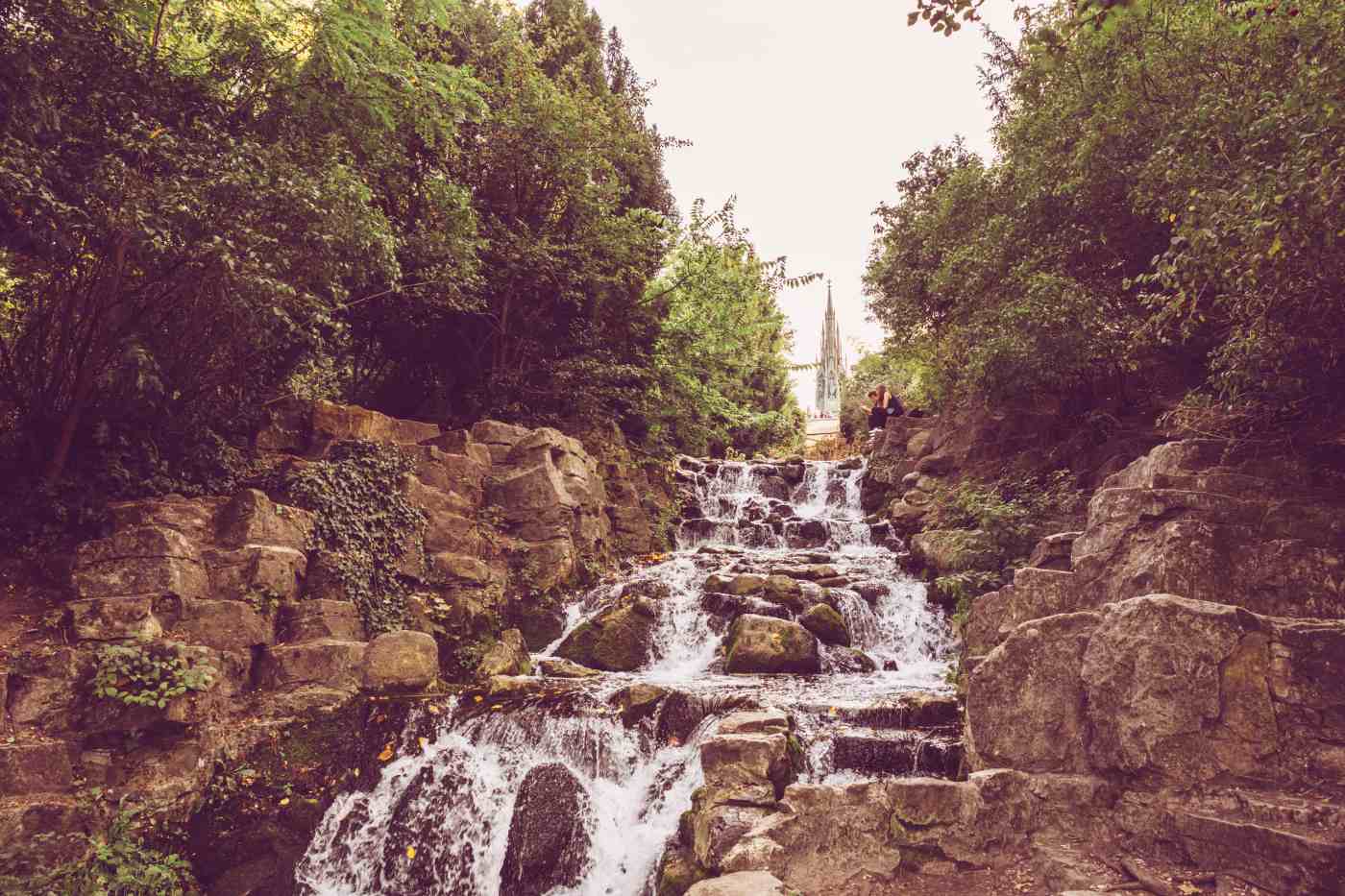
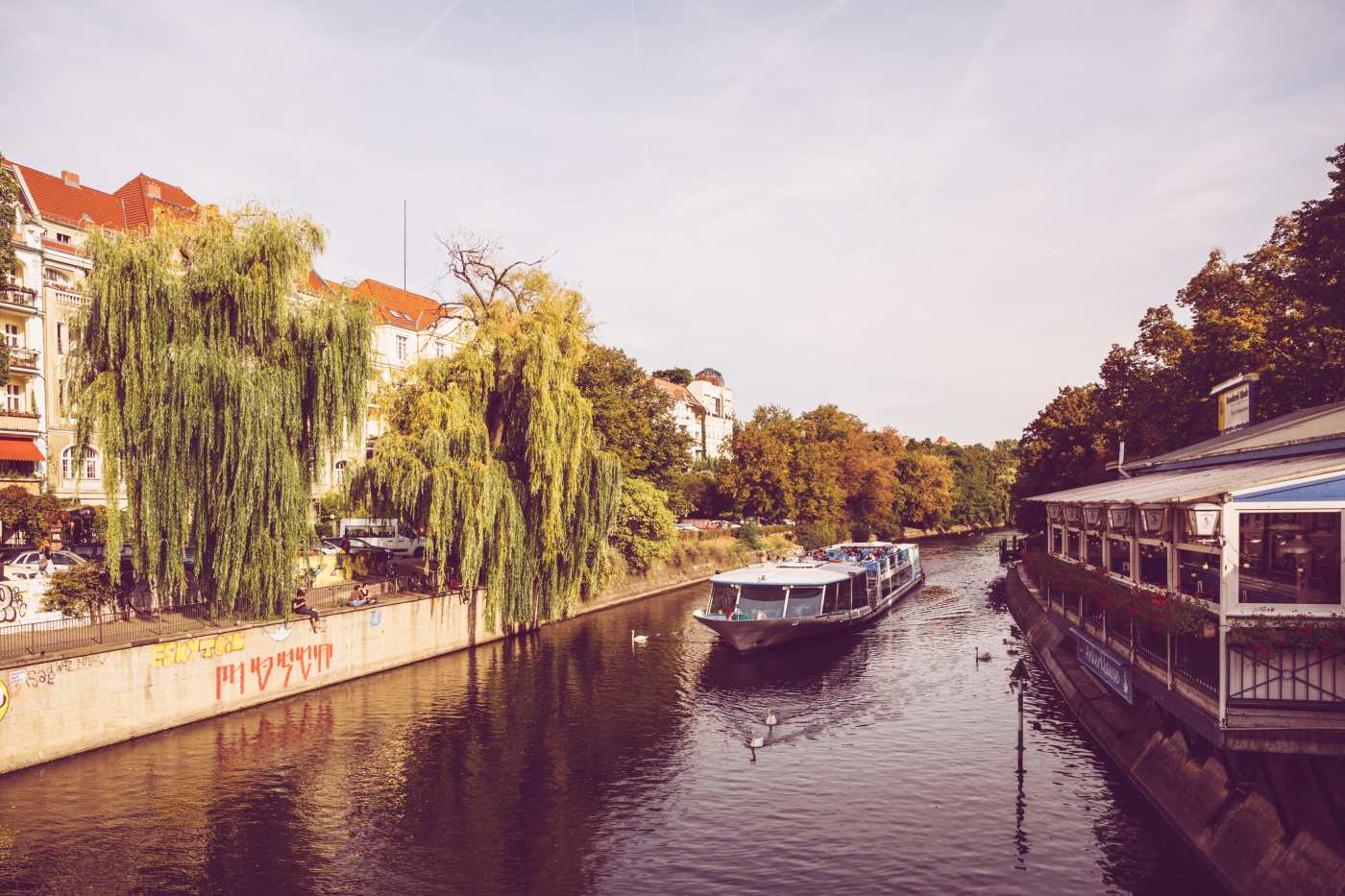
Parks and leisure
The "Görlitzer Park" is a popular meeting place for Kreuzberg, which catches the sun in the late afternoon. Picnics, drinks or frisbee games, visitors are often entertained by acrobats or a drum circle.
The "Viktoriapark" is located in the Bergmannkiez neighbourhood: a walk there offers a panoramic view over the whole of Berlin. The park also has a 24 metre high waterfall where the water falls over rocks and boulders (an electric pump brings the water back up again). The park is also noteworthy for other reasons: the cross located at the viewpoint gave Kreuzberg its name.
Nearby is the "Park am Gleisdreieck", one of the newer parks in the city, which is home to historic railway tracks, the German Museum of Technology and a series of old brick buildings, between which concerts and events are often held. The park has large sports and picnic areas, children's playgrounds, basketball courts and lanes for skateboarders, as well as a café and a beer garden with a brewery.
Transport and location
Kreuzberg stretches from Checkpoint Charlie, on the edge of the Mitte district, eastwards along the River Spree to Friedrichshain. To the south is Tempelhofer Feld, the disused airport, which is now a huge park. The Landwehr Canal marks the division between Kreuzberg and Neukölln (and then south along Schönlein Strasse), although the two suburbs share many similar characteristics and in combination are collectively nicknamed Kreuzkölln.
Kreuzberg is well connected to the rest of the city via the U-Bahn and bus network. There are underground lines north to Mitte and Prenzlauer Berg, south to Neukölln and the U1 - Berlin's oldest underground line - takes you east and west to Friedrichshain and Charlottenburg.
Did you already know?
When the Berlin Wall still existed, the Kreuzberg section SO36 (postal delivery district Südost 36, bordering on Mitte and Treptow) was surrounded by the Wall on three sides.
Kreuzberg
You really want to live in beautiful Kreuzberg? Take a look at all the rooms currently available in your favourite district.
Discover your neighbourhood
All rooms currently occupied
Steglitz
South-west of the capital city centre, you can enjoy...
Learn more
